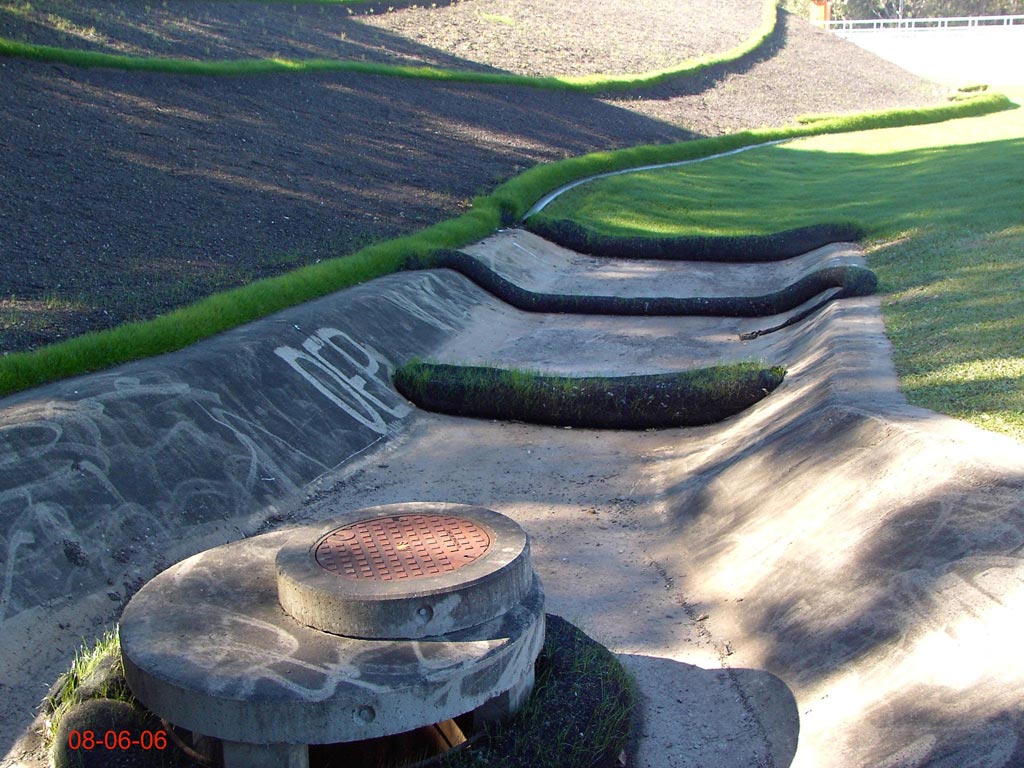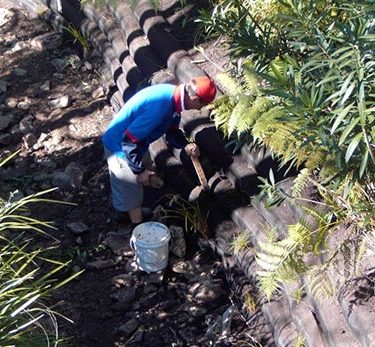Description
Filter soxx used for inlet protection
-
Should completely enclose the circumference of the drain.
-
Should not be placed on a grade or slope.
-
Should be accompanied by erosion control and slope stabilisation practices.
-
Should never be placed where they divert runoff flow from the drain inlet, or on top of the inlet, which can cause flooding.
Runoff Diversion Soxx Installation
-
Installation of kerb inlet protection should have a minimum overlap of 300mm on either side of the opening being protected.
-
The inlet protection will be anchored to the soil behind the kerb using stakes.
-
Stakes should be installed on the inside of the inlet protection at 1.5M centres.
-
Stakes should be 50mm x 50mm x 600mm softwood and should be located as follows:
-
sand and loam soils = 300mm deep
-
clay soils = 200mm deep.
-
Inspection and Maintenance
-
Routine inspection should be conducted within 24 hours of a runoff event or as designated by the regulatory authority.
-
Inlet protection soxx should be regularly inspected to make sure that they maintain their shape and that they are producing adequate hydraulic flow through.
-
If ponding becomes excessive, additional sediment control may be required to reduce effective slope length, or sediment removal may be necessary.
Sediment Control Soxx Applications
-
Mining and coal seam gas sites.
-
Road and rail infrastructure.
-
Urban and rural subdivisions.
-
Golf courses.
-
All erosion control and stormwater management projects.







Integrated Erosion Control Australia –
One of the most common ways to protect inlets is the Drain Inlet installed in areas receiving runoffs from surrounding land. It has proven highly effective in preventing the often exposed and disturbed soil from escaping the site. Saves the Inlet from getting logged with undesired sediment. Ask us how.